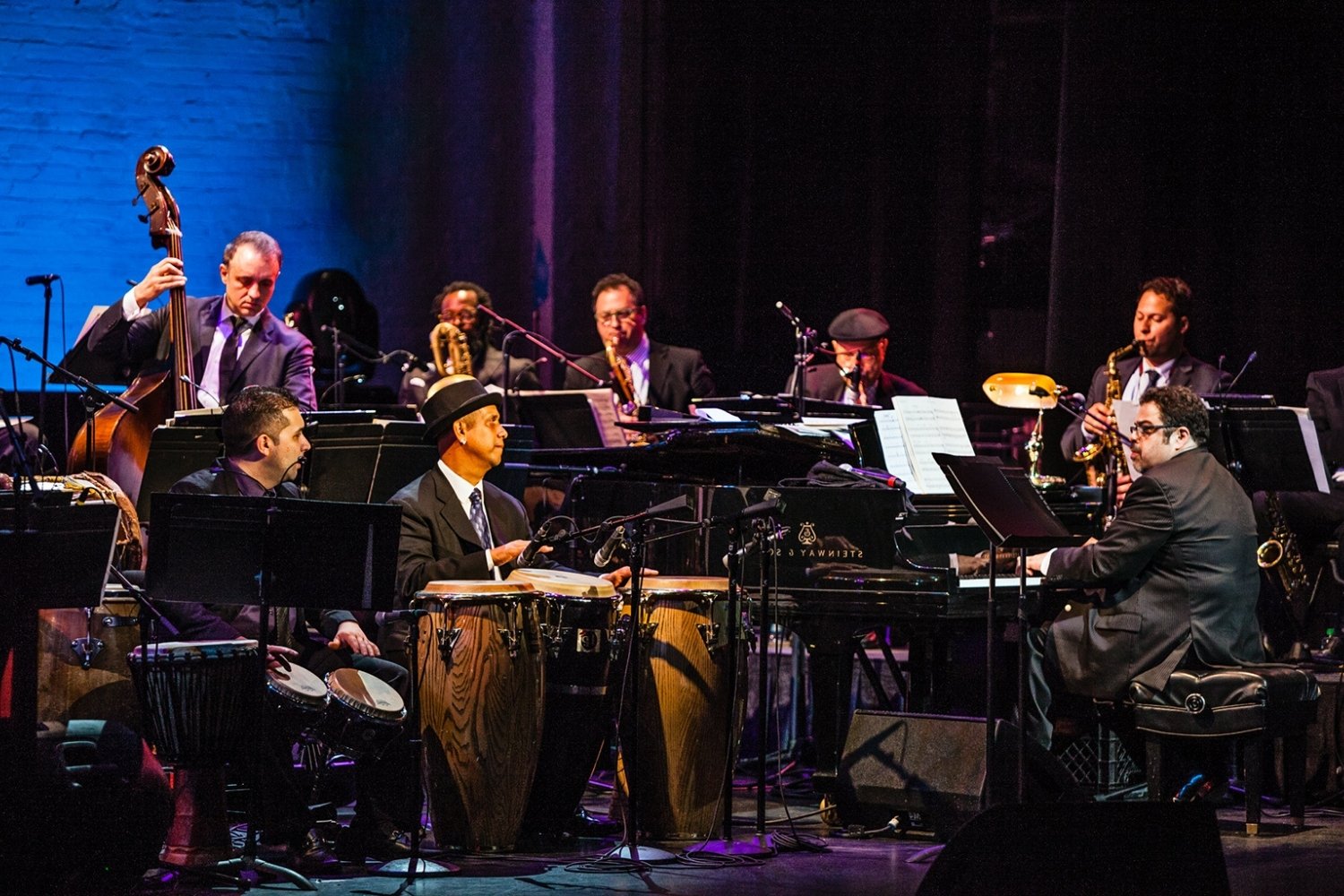
Latin Jazz is a vibrant genre that blends the rich rhythms of Latin American music with the improvisational flair of jazz. Originating in the early 20th century, this musical style has captivated audiences worldwide with its infectious beats and complex melodies. But what makes Latin Jazz so special? It's the fusion of diverse cultural influences, from African drumming traditions to European harmonic structures. This genre isn't just about music; it's a celebration of cultural diversity and creativity. Whether you're a seasoned jazz enthusiast or a curious newcomer, these 28 facts about Latin Jazz will deepen your appreciation for this dynamic and ever-evolving art form. Get ready to tap your feet and learn something new!
Key Takeaways:
- Latin Jazz originated in New York City in the early 20th century, blending Afro-Cuban rhythms with jazz improvisation, and has influenced a wide range of music styles and dance forms worldwide.
- Latin Jazz continues to evolve with new artists and innovations, keeping the genre fresh and exciting. Musicians like Arturo O'Farrill and the Spanish Harlem Orchestra are revitalizing the genre with their contemporary compositions and energetic performances.
Origins of Latin Jazz
Latin Jazz is a vibrant genre that blends jazz with Latin American rhythms. Its roots are deep and diverse, reflecting a rich cultural tapestry.
- Latin Jazz originated in the early 20th century, primarily in New York City.
- The genre combines Afro-Cuban rhythms with jazz improvisation.
- Machito and his Afro-Cubans, formed in 1940, were pioneers of Latin Jazz.
- Dizzy Gillespie, a famous jazz trumpeter, played a significant role in popularizing Latin Jazz.
- The clave rhythm, a fundamental pattern in Afro-Cuban music, is central to Latin Jazz.
Influential Musicians
Many musicians have shaped Latin Jazz, each bringing unique elements to the genre.
- Tito Puente, known as the "King of Latin Jazz," was a master timbalero and vibraphonist.
- Chano Pozo, a Cuban percussionist, collaborated with Dizzy Gillespie to create groundbreaking music.
- Mongo Santamaría, a conga player, introduced Afro-Cuban rhythms to a broader audience.
- Eddie Palmieri, a pianist, infused Latin Jazz with salsa and other Latin styles.
- Paquito D'Rivera, a saxophonist and clarinetist, has won multiple Grammy Awards for his contributions to Latin Jazz.
Instruments in Latin Jazz
The instruments used in Latin Jazz create its distinctive sound, blending traditional jazz instruments with Latin percussion.
- Congas, tall drums from Cuba, provide the rhythmic backbone of Latin Jazz.
- Bongos, small hand drums, add sharp, high-pitched accents.
- Timbales, shallow single-headed drums, are often used for solos and fills.
- The piano plays a crucial role, often incorporating montuno patterns.
- The trumpet and saxophone are essential for their melodic and improvisational capabilities.
Styles and Subgenres
Latin Jazz encompasses various styles and subgenres, each with its own flavor.
- Afro-Cuban Jazz, the most well-known subgenre, emphasizes Cuban rhythms and instruments.
- Brazilian Jazz blends samba and bossa nova with jazz harmonies.
- Salsa Jazz combines salsa music with jazz improvisation.
- Latin Funk fuses Latin rhythms with funk grooves.
- Latin Jazz Fusion incorporates elements from rock, pop, and other genres.
Cultural Impact
Latin Jazz has had a significant cultural impact, influencing music and society in various ways.
- The genre has helped bridge cultural gaps between Latin American and North American communities.
- Latin Jazz festivals, such as the San Francisco Jazz Festival, celebrate the genre's diversity.
- The genre has influenced other music styles, including rock, pop, and hip-hop.
- Latin Jazz has been featured in numerous films and television shows, showcasing its broad appeal.
- The genre has inspired dance styles, such as mambo and cha-cha-cha, which are popular worldwide.
Modern Latin Jazz
Today, Latin Jazz continues to evolve, with new artists and innovations keeping the genre fresh and exciting.
- Arturo O'Farrill, a pianist and bandleader, has won multiple Grammy Awards for his contemporary Latin Jazz compositions.
- The Spanish Harlem Orchestra, founded in 2000, has revitalized the genre with its energetic performances.
- Young musicians, such as Pedrito Martinez and Dafnis Prieto, are pushing the boundaries of Latin Jazz with their innovative approaches.
The Final Note on Latin Jazz
Latin Jazz blends the rhythms of Latin America with the improvisation of jazz. This genre has a rich history, starting from the early 20th century and evolving through the decades. Legends like Tito Puente, Dizzy Gillespie, and Chano Pozo have left an indelible mark. Instruments like congas, bongos, and timbales give Latin Jazz its unique sound. The genre isn't just about music; it's a cultural fusion that brings people together. From its Afro-Cuban roots to its global influence today, Latin Jazz continues to inspire musicians and fans alike. Whether you're a seasoned listener or new to the genre, there's always something fresh to discover. So next time you hear those vibrant beats and intricate melodies, you'll know a bit more about the rich tapestry that makes Latin Jazz so special.
Frequently Asked Questions
Was this page helpful?
Our commitment to delivering trustworthy and engaging content is at the heart of what we do. Each fact on our site is contributed by real users like you, bringing a wealth of diverse insights and information. To ensure the highest standards of accuracy and reliability, our dedicated editors meticulously review each submission. This process guarantees that the facts we share are not only fascinating but also credible. Trust in our commitment to quality and authenticity as you explore and learn with us.
